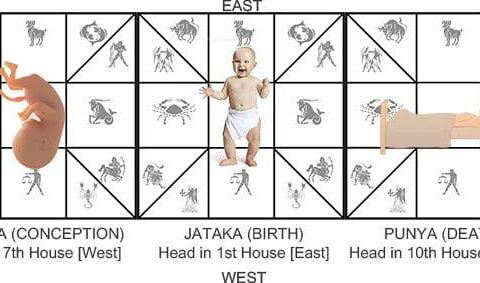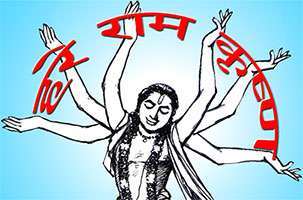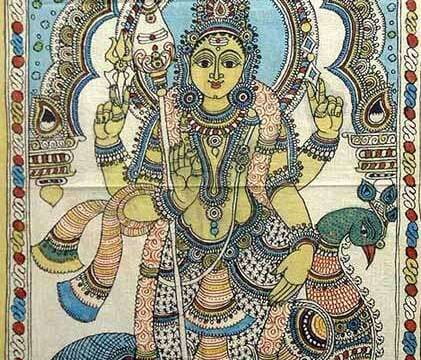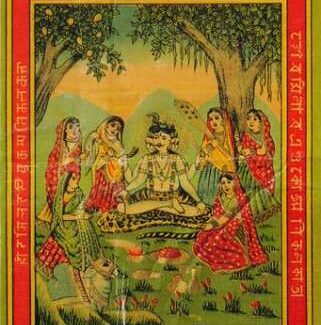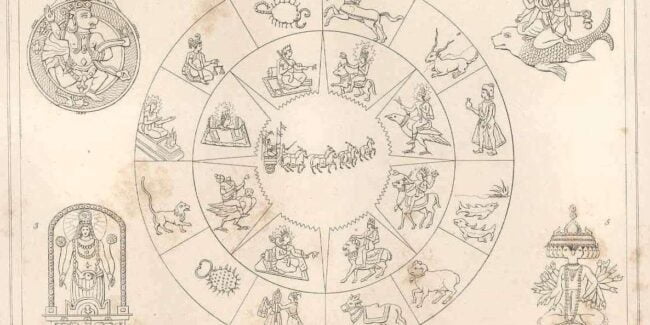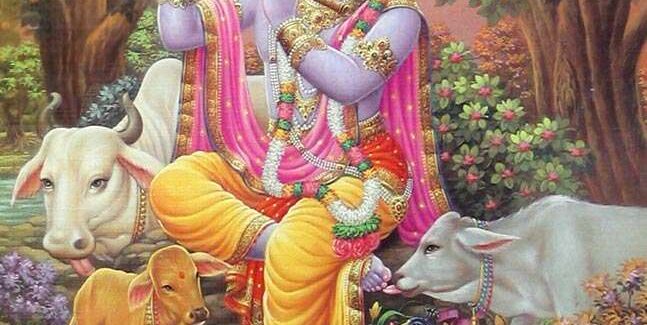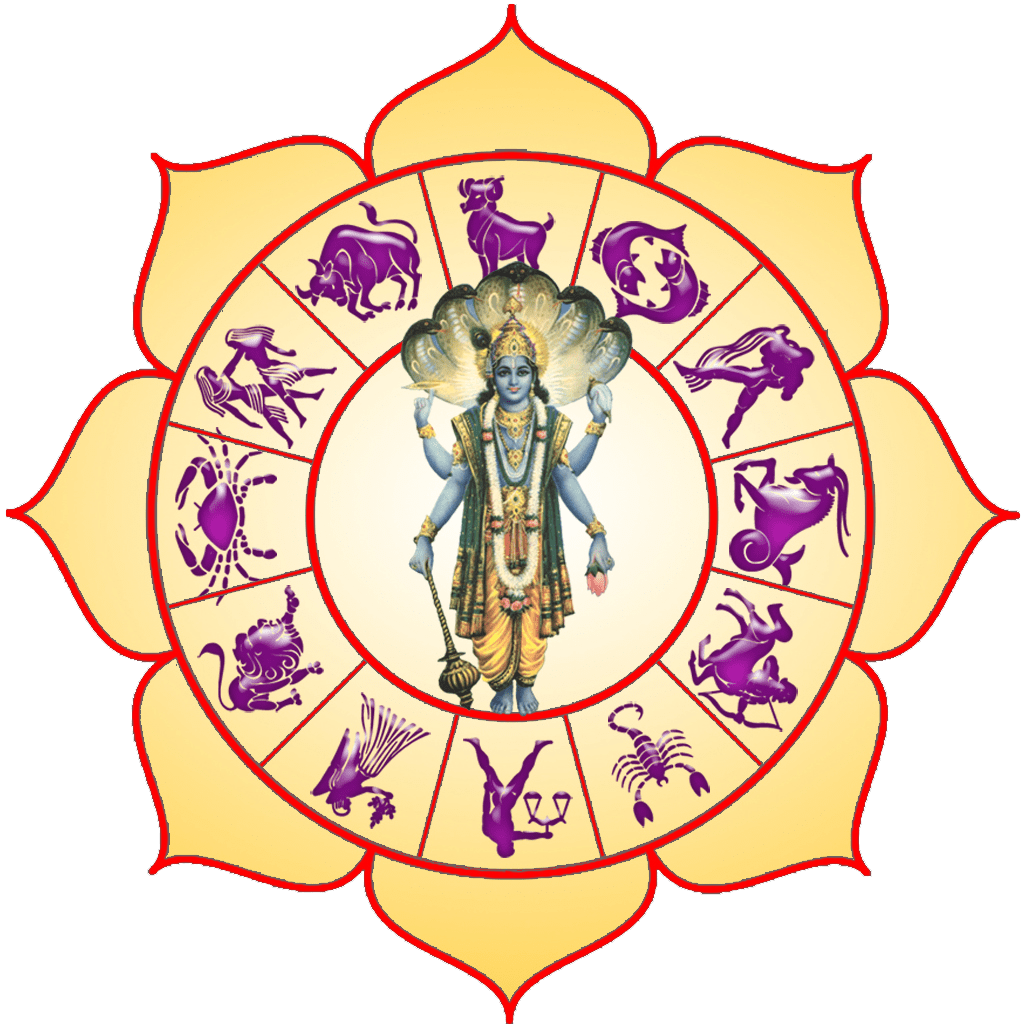Expansion of Nārāyaṇa – Directions
In the lesson Foundation of Vedic Astrology, the first division of the body of Nārāyaṇa was divided into four parts. If we consider the entire body to be represented by an endless circle, then dividing by 4 would give quarters of 90° each. Let us use a special word called KENDRA for this. This Sanskrit word केन्द्र (kendra) simply means a center like a focus. If we talk of directions, then we have ONLY FOUR Cardinal directions – East, West, North and South. We call each of these a Kendra because at any point of time, when we face one
Vidya, Jnana and Mantra
As you know we have a contact class for a short period where we teach some of the topics of the PJC and get an opportunity to meet with the students. The interaction is very beneficial for both as in the end, this is a guru-shishya parampara or ancient Indian traditional method of teaching. The Gurukula system envisaged that the ‘Guru’ or plural ‘gurus’ or female ‘gurvi’ would be like the elders of a joint family system and the shishya would be like the children. Age was never a factor as learning was allowed at all ages and all stages.
Jyotiṣa Devatā
As a subject, Jyotiṣa has a few major heads which include –
• Lakṣaṇa Śāstra which means study of the omens and signs on the body and around. This includes Hastā-rekhā śāstra or palmistry which is the forte of Subrāhmaṇya or Kārtikeya
• Horā Śāstra is the forte of Gaṇeśa
• Gaṇita Śāstra including Vedic Numerology is another head
…. All these come under the three wings called Gaṇita, Horā and Saṁhitā
Once there was a debate between Kārtikeya and Gaṇeśa and Lord Śiva was the judge. Kārtikeya wrote the entire Lakṣaṇa śāstra whereas Gaṇeśa wrote Horā śāstra. Śiva judged
